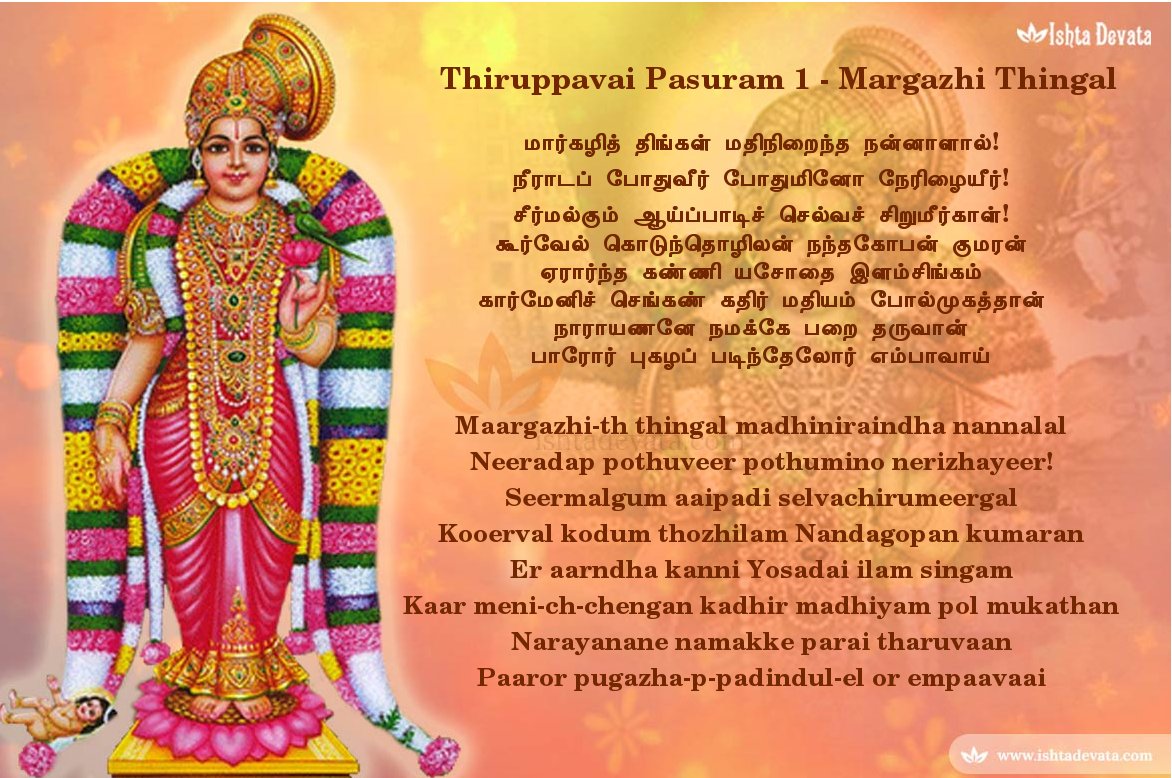
It is written in praise of Kulothunga Cholan’s general Karunakara Thondaiman who invaded and conquered Kalinga country (present day Orissa). Kalingathu p Parani is a short literary work (சிற்றிலக்கியம்) written by Poet Jayamkondar in 12th century. The poet asks them to come out of their dreams and open their doors. They are so taken up with this illusion that they caress imaginary nail marks in their breasts that they think was made during previous night’s love making. The women who are in love with the King Kulothunga Cholan dream that they made love to him in the night and are happy thinking “He is mine now”. In this poem, the poet asks the women to open their doors and hear the valour of the Chola army. That Kulothungan made last night in your dreamsĪnd think joyfully “his love is entirely mine now”! It is Anaahata (unstruck, inarticulate).O’ women who caress imaginary nail marks in your breasts It is the bridge (sethu) that the Upanishads locate between the words and the silence. There is no word beyond it it is in this sense the ultimate word (paramam-padam), the supreme position. If it is taken as a word (paada), then the word is devoid of any transactional meaning. But it is the seed-sound, the beejakshara from which all other sounds are formed, and in which all the word-meanings can be found. It is the picture and symbol of the transcendental reality.The underlying reality is that the supreme reality is beyond words it is to be found in silence, in wordlessness. It is described in the Upanishads as the "ONE UNDYING SOUND" and is considered as holy as the Brahman. All religions of Indian origin, including Jainism and Buddhism (also Tibetian, Chinese, Korean, Mongolian and Jananese versions) hold it in the highest esteem especially in upasaana, saadhana, askesis or Yoga. It is not even Sanskrit, nor exclusively Indian. It is neither a letter nor a word, hence there is nothing semantic about it. There is no sound or sign more powerful than OHM. A dedicated soul, she took it upon herself to teach the THIRUPPAVAI hymns to as many as possible in New Delhi to popularize the new version of rendering composed by Gotuvadyam Vidwan Shri V.S.
#THIRUPPAVAI THIRUVEMPAVAI TAMIL PADALGAL IN PDF FULL#
For over 25 years from 1960 to 1985 in New Delhi, Shrimati Ramapriya Rangaswami was observing Margazhi Poojas for the whole month and giving full fledged recital of all the 30 hymns on the Koodaravalli Day. Parthasarathy Iyengar in his own hand wrote down the musical notation for these songs for her benefit. Parthasarathy Iyengar and was privileged to learn the 30 hymns of THIRUPPAVAI directly from him. She was a disciple of Gotuvadyam Vidwan Shri V.S. He brought out this book at the instance of his beloved wife Shrimati Ramapriya Rangaswami Founder Convener Kalai Arangam in New Delhi. My dear friend late Shri.Rangaswami was a great poet and an ardent devotee of LORD RANGANATHA OF SRIRANGAM. This book carries a forward by Maduravarshee Vidwan Shri.U.Ve. Prema Nandakumar, an incomparable scholar and litterateur, has written the General Introduction and Commentary on all the verses of THIRUPPAVAI. The English translation of the hymns has been done by Shri.R.Bangaruswami.


The Tamil text of the 30 verses of THIRUPPAVAI, with Notation of a new version of rendering of the hymns, is by Gotuvadyam Vidwan Shri V.S. I invite the kind attention of my readers to a very sublimely beautiful book on THIRUPPAVAI published by Kalai Arangam in Chennai. Bammera Potana (1450-1510) in his Potana Bhaagawatam conveys it thus: “In the first month of cold Hemanta, from the opening day onward, the maids of Nanda’s tribe woke up early, bathed in Kalindi waters, made a figure of Katyayani with sand, offered scented blossoms, sandal paste, scented smoke, lighted lamps and various sweets to the Divine Mother with the prayer: ‘Oh! Katyayani, Bhagawati! We salute you! Grant us Lord Krishna as our husband! The day we gain HIM, we shall hold a special festival in your honour!’” The Katyayani Vrata by the Gopikas was observed somewhat like the “ Margazhi-Thai-Neerattam”, but with this significant difference. Lord Krishna immediately rewarded them with HIS abundant Grace and Prosperity returned to the country. Once when there was a drought in the Yadava country, the maidens enacted this ceremony and prayed for rain. In the life of Lord Krishna this observance of Katyayani Vrata has an importance place. The legends of Lord Krishna from Mathura, Brindavan and Dwaraka spread to the South and brought the Katyayani Vrataobserved by the cowherdesses of Vraja (Mathura-Brindavan region). However, the “ Margazhi-Thai-Neerattam” of the Sangam Age gathered a new significance as the centuries went by.


 0 kommentar(er)
0 kommentar(er)
